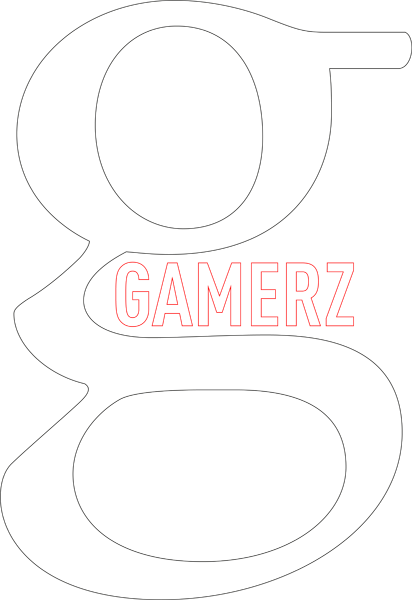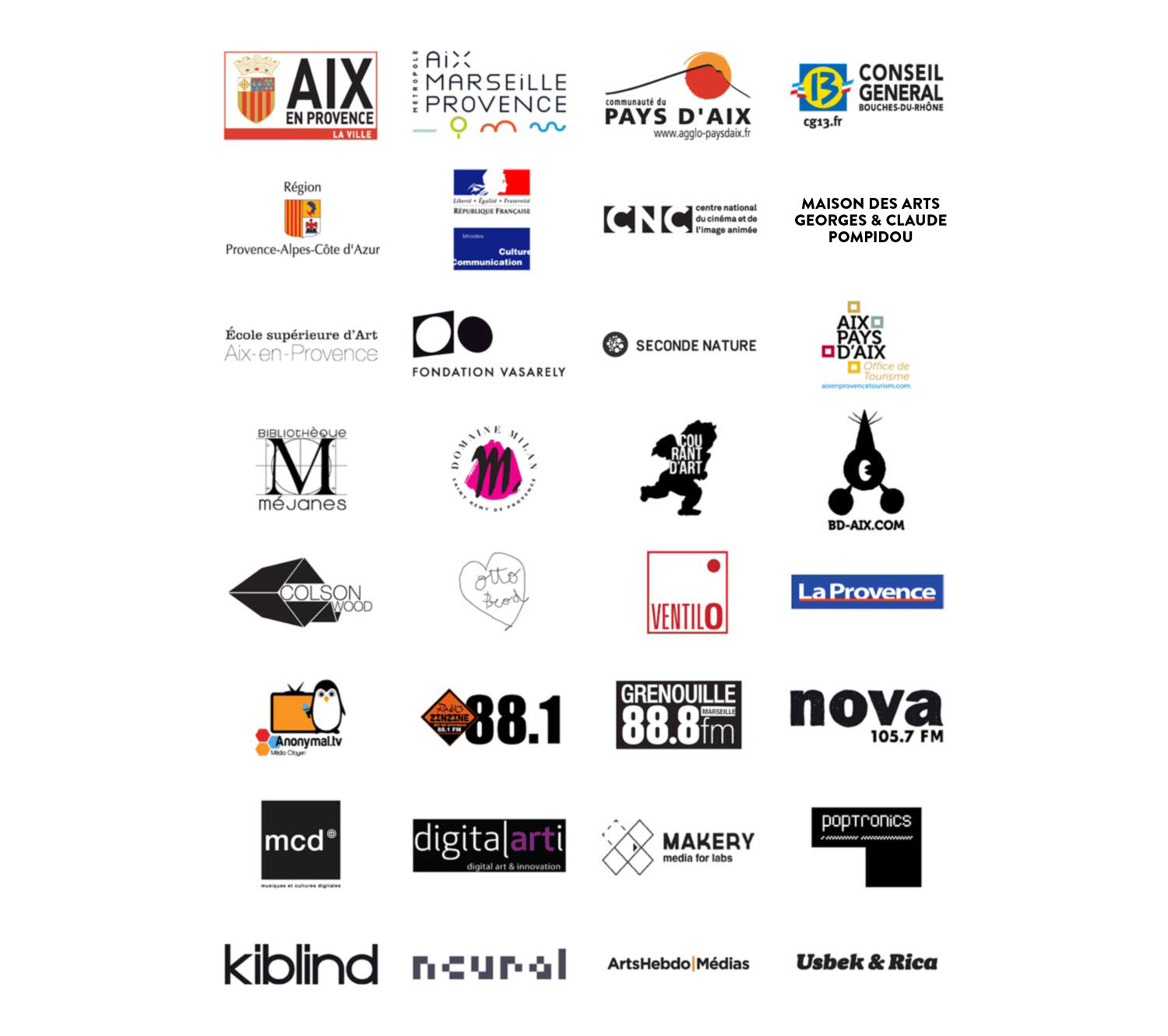Suzanne Treister (b.1958 London UK) studied at St Martin's School of Art, London (1978-1981) and Chelsea College of Art and Design, London (1981-1982) based in London having lived in Australia, New York and Berlin. Initially recognized in the 1980s as a painter, she became a pioneer in the digital/new media/web based field from the beginning of the 1990s, making work about emerging technologies, developing fictional worlds and international collaborative organisations. Utilising various media, including video, the internet, interactive technologies, photography, drawing and watercolour, Treister has evolved a large body of work which engages with eccentric narratives and unconventional bodies of research to reveal structures that bind power, identity and knowledge. Often spanning several years, her projects comprise fantastic reinterpretations of given taxonomies and histories that examine the existence of covert, unseen forces at work in the world, whether corporate, military or paranormal. An ongoing focus of her work is the relationship between new technologies, society, alternative belief systems and the potential futures of humanity.
HEXEN 2.0, 2009-2011
HEXEN 2.0 looks into histories of scientific research behind government programmes of mass control, investigating parallel histories of countercultural and grass roots movements. HEXEN 2.0 charts, within a framework of post-WWII U.S. governmental and military imperatives, the coming together of scientific and social sciences through the development of cybernetics, the history of the internet, the rise of Web 2.0 and increased intelligence gathering, and implications for the future of new systems of societal manipulation towards a control society.
HEXEN 2.0 specifically investigates the participants of the seminal Macy Conferences (1946-1953), whose primary goal was to set the foundations for a general science of the workings of the human mind. The project simultaneously looks at diverse philosophical, literary and political responses to advances in technology including the claims of Anarcho-Primitivism and Post Leftism, Theodore Kaczynski/The Unabomber, Technogaianism and Transhumanism, and traces precursory ideas such as those of Thoreau, Warren, Heidegger and Adorno in relation to visions of utopic and dystopic futures from science-fiction literature and film.
Based on actual events, people, histories and scientific projections of the future, and consisting of alchemical diagrams, a Tarot deck, photo-text works, a video and a website, HEXEN 2.0 offers a space where one may use the works as a tool to envision possible alternative futures.
Historical Diagrams
It was during a residency in the Texan desert early in 2009 that I first observed a possible connection between the mid twentieth century theories and applications of cybernetics, which arose out of WWII, primarily in the USA where they answered a perceived need for a more controlled society, and our current world of online social media and what is referred to as Web 2.0.
The link was feedback, as in cybernetic feedback loops, with a potential outcome not only of human connectivity and autopoiesis, but also of governmental control.
The historical diagrams, which function as the key to the project, are an attempt to map out specific histories and to show how those histories interrelate, as a means of understanding how we got to where we are and where we may be going from here, in terms of the relationships between technology and politics and war and society.
The five diagrams are drawn separately but each one connects to the larger whole.
http://www.suzannetreister.net
























